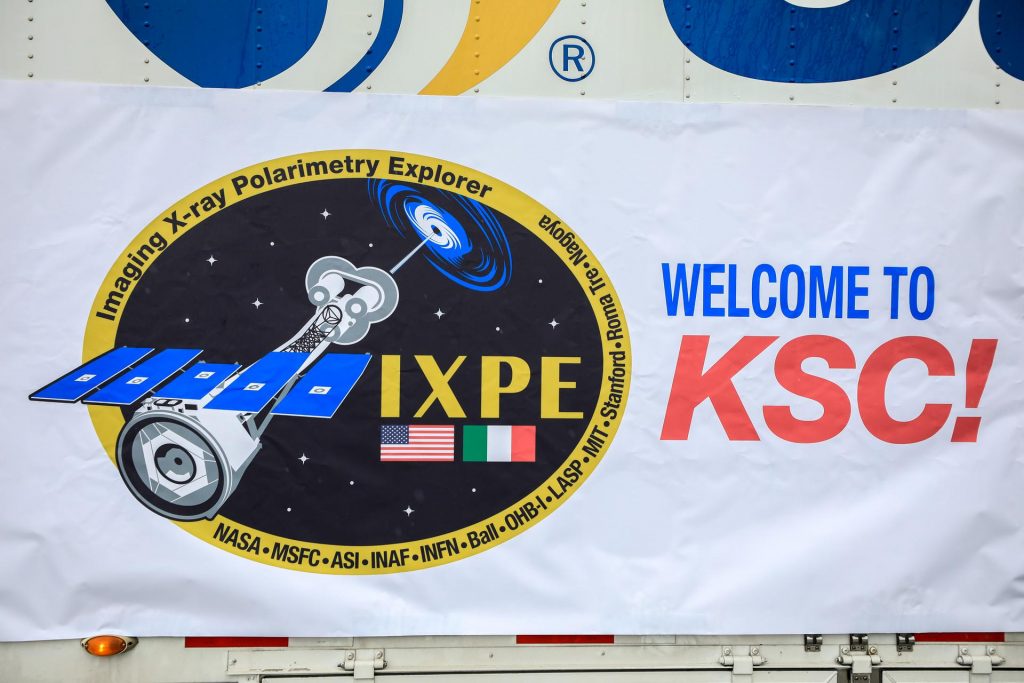
Weeks of work are paying off for engineers and technicians from NASA’s Kennedy Space Center in Florida who have been preparing the agency’s Imaging X-Ray Polarimetry Explorer (IXPE) spacecraft since its arrival by truck from Ball Aerospace in Boulder, Colorado, to Cape Canaveral Space Force Station in Florida on Nov. 5, 2021.
Important activities continue inside SpaceX’s Payload Processing Facility in advance of the next major milestone – mating the spacecraft to the launch vehicle.
“We’ve been doing final checkouts and testing on IXPE prior to mating activities,” said Jake Shriver, mission integration engineer for NASA’s Launch Services Program (LSP), based at Kennedy.
IXPE is targeted to launch aboard a SpaceX Falcon 9 rocket from Kennedy’s Launch Complex 39A on Dec. 9, at 1 a.m. EST. The mission is NASA’s first dedicated to measuring X-ray polarization. The launch is managed by LSP.
Following mating of the spacecraft to the launch vehicle will be encapsulation, where the fairing halves come together around the spacecraft. A couple of days before launch, the encapsulated assembly will roll out to the pad to be mated to the first- and second-stage rocket boosters.
IXPE will study changes in the polarization of X-ray light through some of the universe’s most extreme sources, including black holes, dead stars known as pulsars, and more. Polarization contains clues that helps scientists better understand these mysterious phenomena.
“I can’t wait for IXPE to get into space and start returning science data,” Shriver said. “The mission is going to do amazing things for the astrophysics and science communities.”
